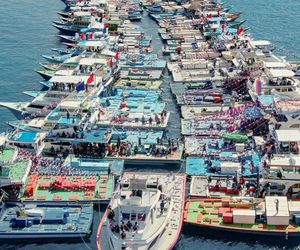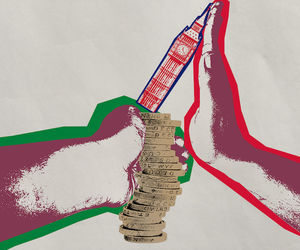Fitch assigns stable outlook rating for Maldives
The B+ rating reflects strong economic growth and high government revenue from the tourism sector weighed against high debt and low foreign currency reserves.

17 May 2017, 9:00 AM
Global credit rating agency Fitch Ratings has assigned a long-term foreign and local currency issuance rating of B+ to the Maldives, representing a stable outlook with balanced upside and downside risks.
The rating reflects “strong GDP growth and high government revenue generated by a prosperous tourism sector” weighed against a high debt burden and low foreign currency reserves.
The high dependence on tourism “causes volatility in economic metrics, such as GDP growth” and makes the country vulnerable to “external shocks and domestic developments that undermine the Maldives’ attractiveness as a tourist destination,” Fitch Ratings said Monday.
Such events could include “the emergence of political instability in an already-polarised environment or security issues.”
Become a member
Get full access to our archive and personalise your experience.
Already a member?
Discussion
No comments yet. Be the first to share your thoughts!
No comments yet. Be the first to join the conversation!
Join the Conversation
Sign in to share your thoughts under an alias and take part in the discussion. Independent journalism thrives on open, respectful debate — your voice matters.




